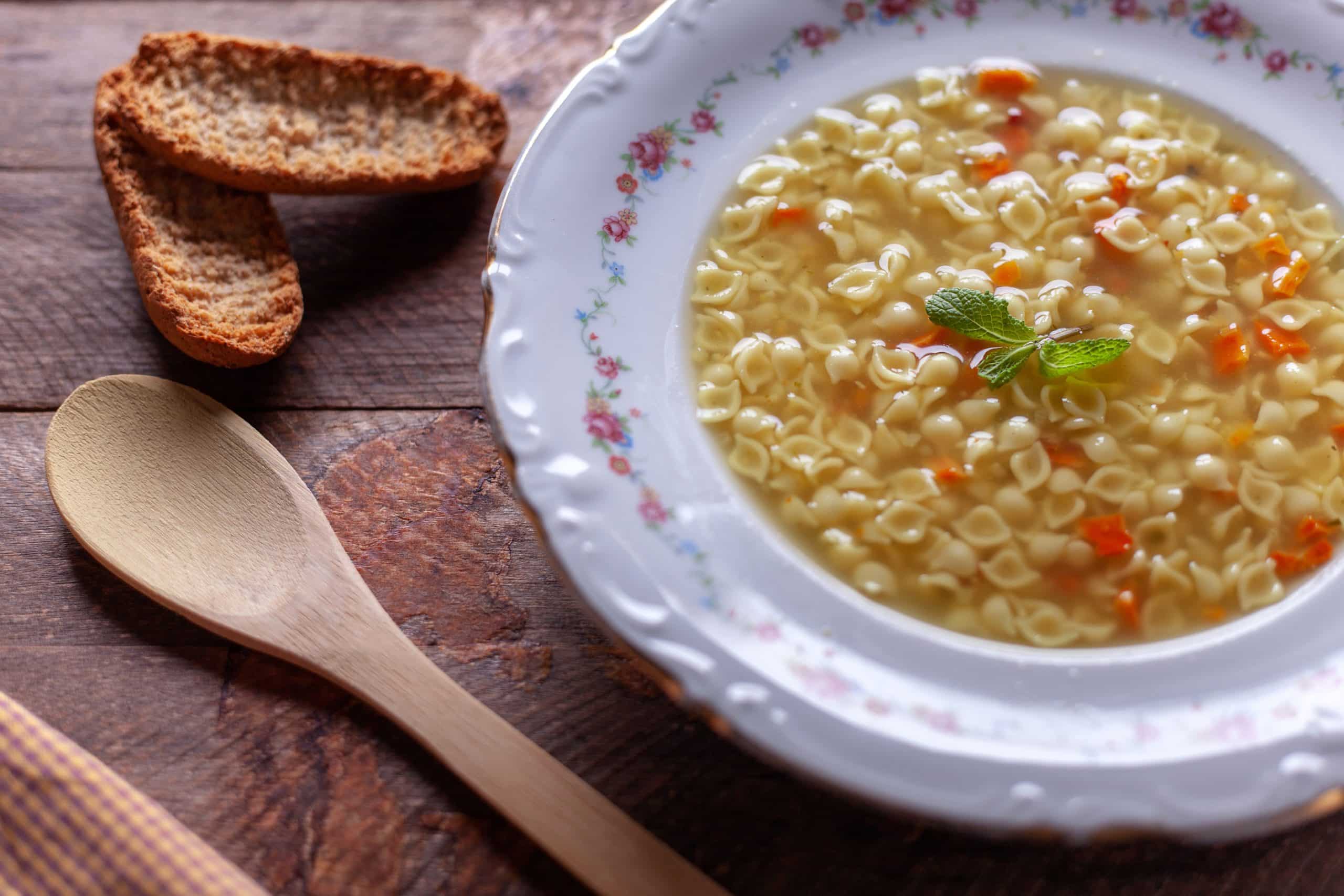How to Create an Indoor Garden That Is Safe and Enjoyable for Cats?

For those of you with a green thumb and a feline companion in your household, creating a garden that is not only appealing to the eye but also pet friendly can be a challenge. Indoor gardens provide a verdant escape within the confines of your home, but not all plants are safe for your feline companions.
In this article, we will guide you in designing a cat-friendly indoor garden. We will look at which plants to avoid due to toxicity, the benefits of including cat-friendly plants like catnip, and how to keep your cat entertained and safe in this green haven you create.
A lire également : How to Develop a Training Program for a Dog with Specific Dietary Restrictions?
Selecting Safe Houseplants
Not all houseplants are created equal when it comes to cat safety. Some plants are toxic to kitties, leading to serious health issues if ingested. Therefore, an essential step in creating your indoor garden is choosing plants that are safe.
Common plants like lilies, oleander, and English ivy can be dangerously toxic to cats. Instead, opt for houseplants like spider plants, bamboo palms, and Boston ferns. These plants are non-toxic to cats and will still provide that lush green aesthetic.
En parallèle : How to Choose the Right Insulation Material for a Custom-Built Doghouse?
Another safe plant to consider adding to your indoor garden is Areca palm. This plant not only purifies the indoor air but also is not toxic to cats. However, it’s crucial to ensure your cat doesn’t use the pot as a litter box, posing a risk to the plant’s health.
The Benefits of Catnip and Other Cat-Friendly Plants
More than just safe, some plants can be beneficial and enjoyable for your feline friends. One of the most well-known cat-friendly plants is catnip. This member of the mint family can provide endless entertainment for your kitty, who may roll, jump, and play around the plant, giving you a joyful spectacle.
Aside from catnip, Nepeta cataria, or catmint, is another plant that cats love. Its effects are similar to catnip, and it can be a great addition to your indoor garden. Silver vine and valerian root are other cat-friendly plants to consider.
Including these in your indoor garden will not only make your cat happy, but it will also help to keep them engaged with the plants, reducing the likelihood of them trying to eat the others.
Creating a Cat-Friendly Layout
The layout of your indoor garden is just as important as the plant selection. You need to ensure that your indoor garden is not just a feast for kitty’s eyes but also a safe playground.
Start by placing the plants in sturdy pots to prevent your cat from knocking them over. Consider pots with broad bases for stability. Hanging planters are a good option, too, as they keep plants off the ground and out of a playful cat’s reach.
Arrange the plants in a way that creates an enticing playground for your cat. You can use shelves or multi-tiered plant stands to create levels for your cat to explore. Just make sure that the plants on the lower levels are hardy and can withstand a cat’s curiosity.
Keeping the Garden Safe and Clean
Maintaining a clean and safe indoor garden requires consistent effort. Firstly, prevent your cat from using the garden as a litter box by providing a separate, clean litter box.
Ensure the soil you use is free from harmful chemicals and fertilizers. Organic soil is the best choice for an indoor garden with cats. If you need to use a pesticide, opt for a pet-friendly one.
Regularly check the plants for any signs of cat-induced damage. If a plant is chewed, it can develop diseases that might harm your pet.
Growing Cat Grass
One of the most delightful additions to your indoor cat garden is cat grass. Cat grass is safe for cats to eat and can even aid their digestion.
You can grow cat grass, or Avena sativa, from seeds in a shallow container or pot. Once the grass is about four inches tall, let your kitty enjoy it.
Remember to keep the grass watered. It will last about three weeks before starting to wilt. At this point, you can start a new batch, ensuring a constant supply of fresh, safe grass for your cat.
Creating a cat-friendly indoor garden requires careful plant selection, thoughtful layout design, and regular maintenance. However, the joy and entertainment it can provide to your feline friend are well worth the effort.
Utilizing Toys and Accessories in Your Cat Garden
Incorporating toys and accessories in your indoor garden can significantly enhance your cat’s experience. Beyond plants, consider including items that promote play and exploration.
Cats are natural explorers and hunters, and providing a variety of toys can help keep them entertained and engaged. Interactive cat toys, such as electronic mice, feather wands, or dangling balls, can be a brilliant addition to the garden. They not only stimulate your cat physically but also mentally, keeping them from growing bored and potentially damaging the plants.
Another great addition to your cat-friendly garden is a cat tree. Cats love to climb and view their surroundings from a vantage point. A cat tree or tower with multiple levels can provide this opportunity, and if it’s placed near the garden, it can give your cat a spot from which to safely observe the plants. Make sure to choose a sturdy cat tree that can withstand your cat’s weight and activity levels.
You may also want to consider adding a cat fountain to your indoor garden. Cats are attracted to running water, and a cat fountain can provide not only a source of fascination for your cat but also fresh, filtered water. Some fountains even have planters on top, allowing you to add some greenery while encouraging your cat to stay hydrated.
By incorporating these elements into your indoor garden, you can create a multi-dimensional space that caters to all your cat’s needs.
Conclusion: Creating the Ultimate Cat-Safe Indoor Garden
Designing an indoor garden that is safe and enjoyable for your cats is not as challenging as it may seem. With thoughtful plant selection, a cat-friendly layout, and the addition of engaging toys and accessories, you can create a space that both you and your feline friend will love.
Remember to avoid plants that are toxic to cats and instead opt for those that are cat safe. Houseplants like spider plants, bamboo palms, Boston ferns, and Areca palm not only give your indoor garden a lush green appeal but are also non-toxic to cats. Adding plants that cats love, like catnip and catmint, can provide entertainment and enjoyment for your fur baby.
The layout of your garden is crucial in making it a safe place for your cat. Using sturdy pots, hanging planters, and multi-tiered plant stands can prevent accidents and create fun exploratory spaces for your cat. Including a variety of interactive toys and a cat tree can further enhance your cat’s experience.
Finally, maintaining the indoor garden clean and safe is necessary. Using organic soil, providing a separate, clean litter box, and regularly checking the plants for any signs of damage can ensure the health of both your plants and pet.
Whether you are an experienced green thumb or a beginner gardener, creating a cat-friendly indoor garden can be a rewarding experience. It not only allows you to indulge in your love for gardening but also provides a safe, stimulating space for your cat. With patience, creativity, and a little planning, you can create an indoor garden that is a haven for your cat.
